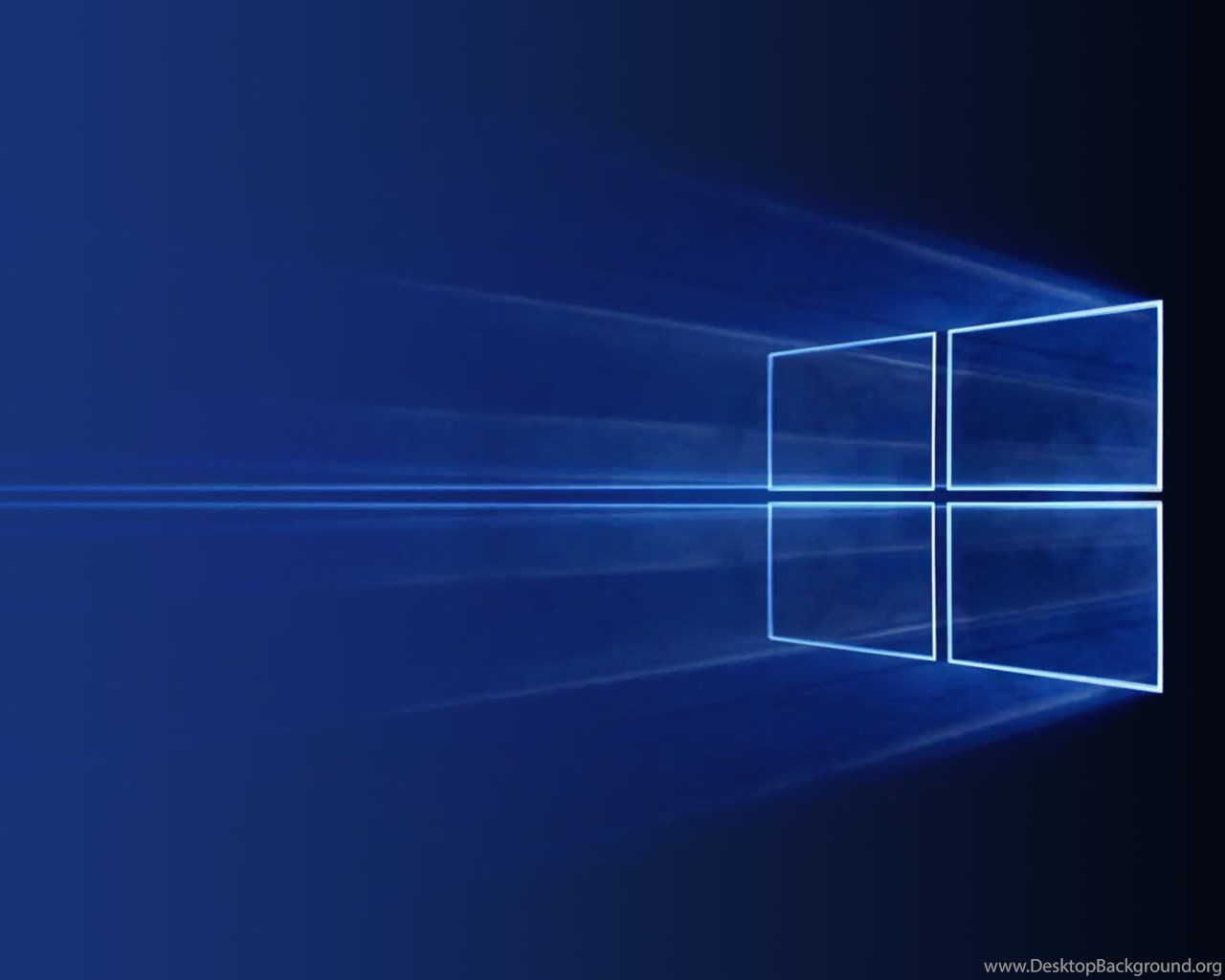

We expect the largest changes in the wired docking space to be around USB Type-C alternate modes, with minor changes coming with updates of graphics standards. The introduction of the USB Type-C connector allows us to truly reach a single-cable solution that supports docks, displays, data devices, and power for the majority of portable systems (phones, tablets, and laptops).

The device-to-dock connection should be USB Type-C. Monitor outputs using HDMI, DisplayPort, or both.Wired or wireless mouse and keyboard input.Use of a single cable from the device to the dock.Better docking equipment provides a power connection, for both use and charging of the device, and a wired network connection.

The dock provides ports for input devices, such as mice and keyboards, and for output devices like displays and printers. The connection is either through a cable or a device to an adjacent dock attachment. Wired dockingĪ wired docking configuration uses a single connection to a dock. The dock manufacturer is responsible for properly advertising and marketing the type of display and peripheral devices that are supported by the dock.


 0 kommentar(er)
0 kommentar(er)
